The Mediterranean “Seatrove”
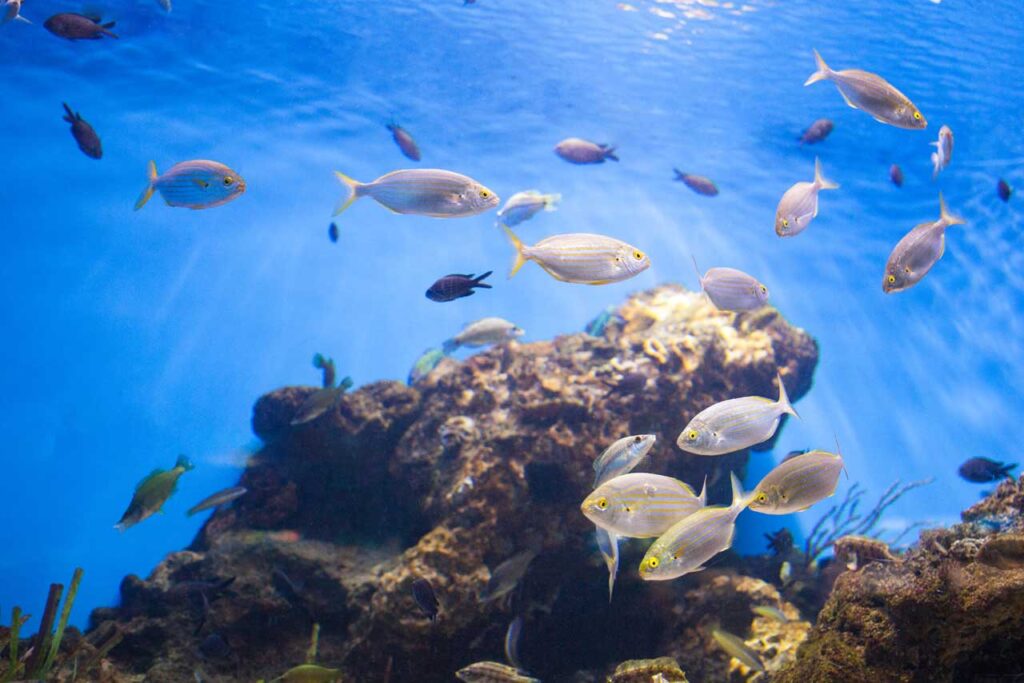
The Mediterranean Sea is an extremely valuable and varied source of marine living resources. Although it covers only 0.82% in surface area of the world ocean, it is home to an estimated 8,565 macroscopic marine organisms, the equivalent of approximately 6.3% of the world’s macroscopic marine biodiversity (Bianchi & Morri, 2000). Fisheries sector landings for the Mediterranean and Black Sea accounted for a modest 8.8% of the EU total landings of 5.3 Mt in 2018 (Eurostat, 2019). However, perhaps of greater interest to bioprospecting is the fact that the diversity of species in the catches is much higher in the central and eastern Mediterranean at 40 species, compared to 10 or 15 species in other areas of the Mediterranean and the EU in general (FAO and GFCM, 2018). Although there is a predominance of sardine and European anchovy, there is also a large diversity of species which make a significant contribution (over 70%) to the catches (FAO and GFCM, 2018). This leads to great diversity in the fisheries sector residues available for bioactive ingredient extraction.
With clear sustainability benefits, ‘waste’ or solid organic residues from the fisheries sector must necessarily be our priority in biodiscovery. In Bythos, we ensure not only that the marine peptides are obtained from sustainable sources but that they also lead to increased circularity in the fisheries sector.

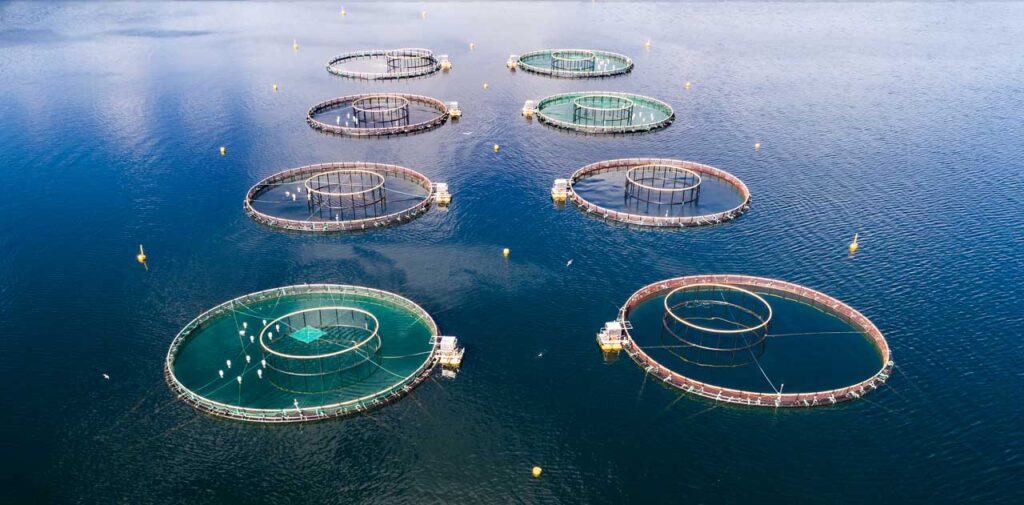
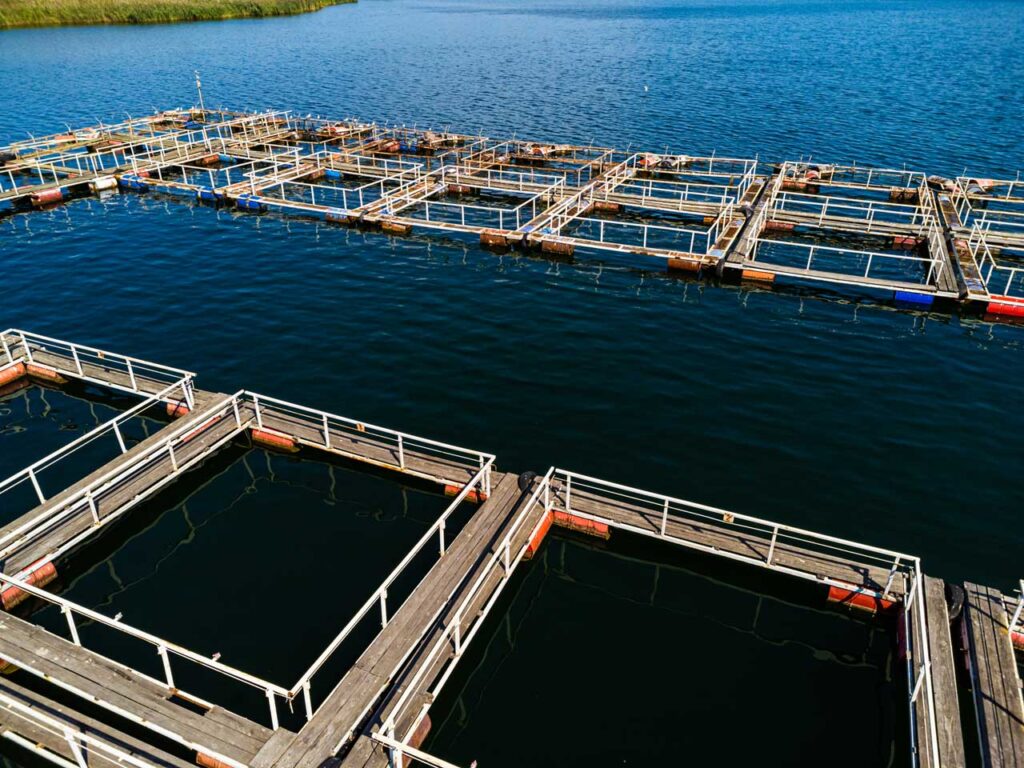
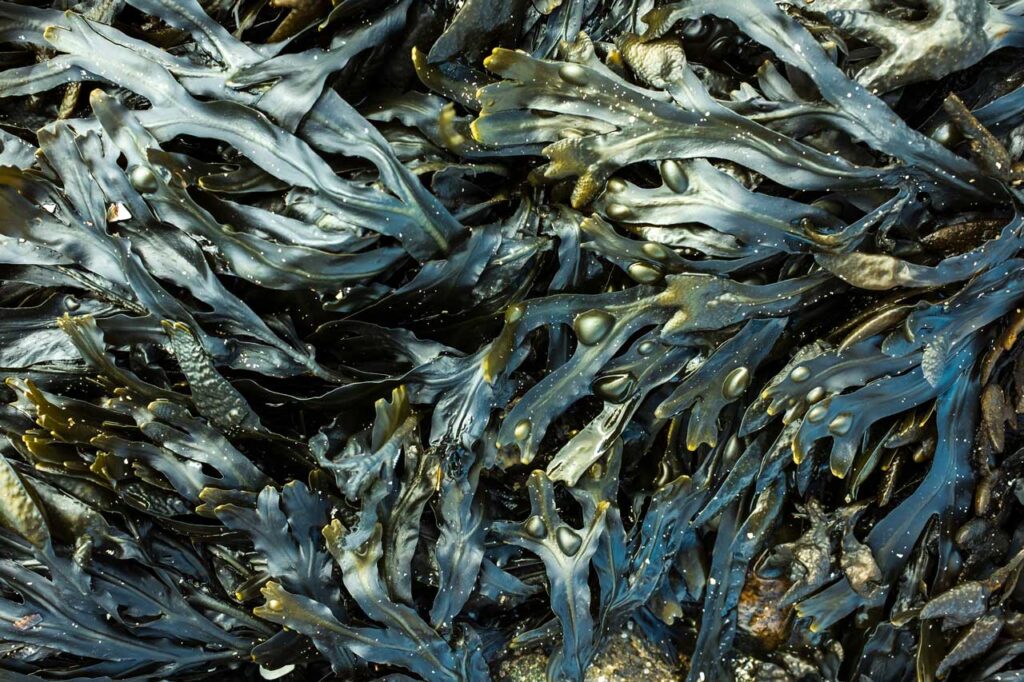
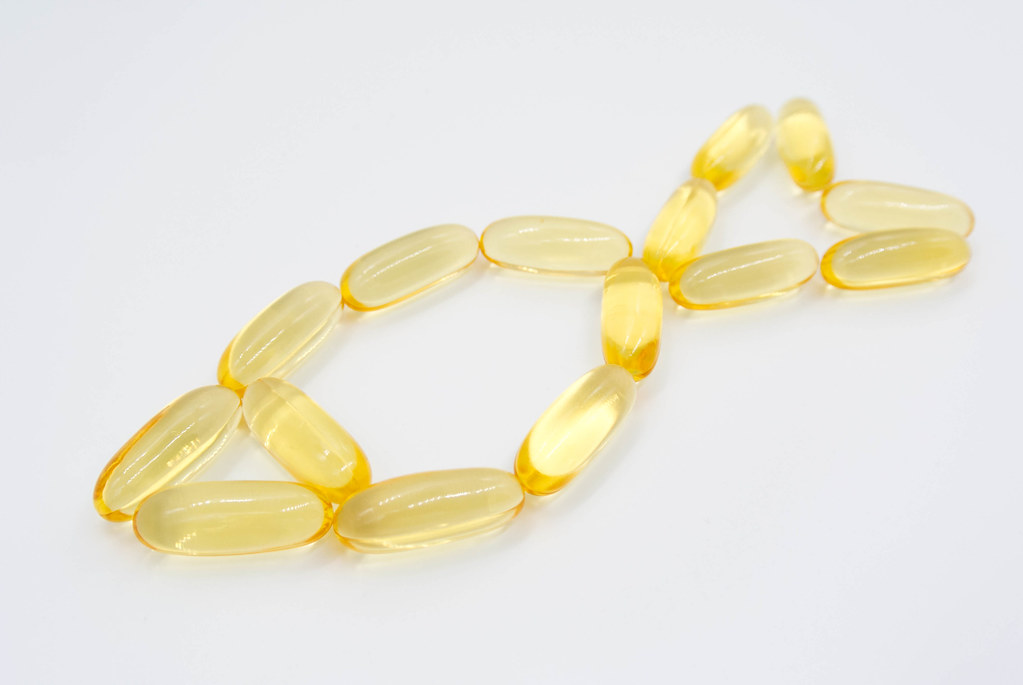

Responses